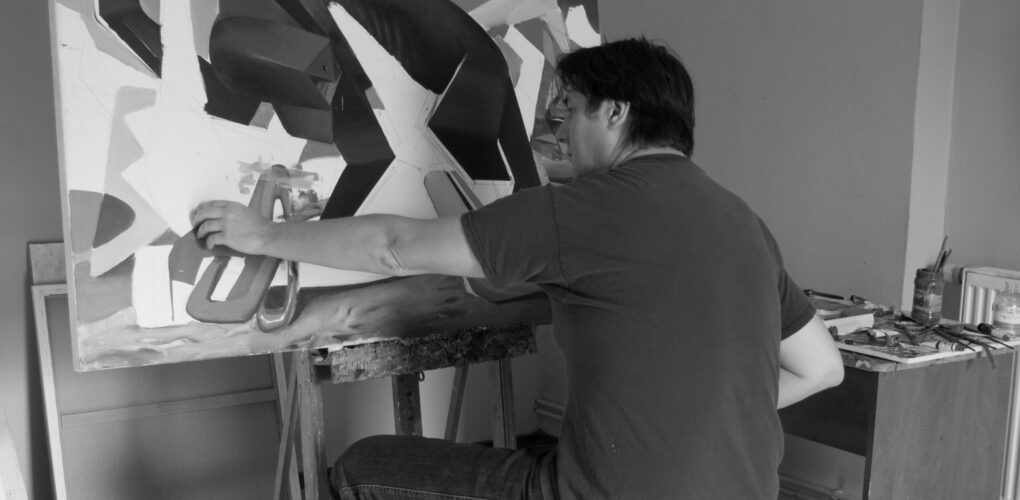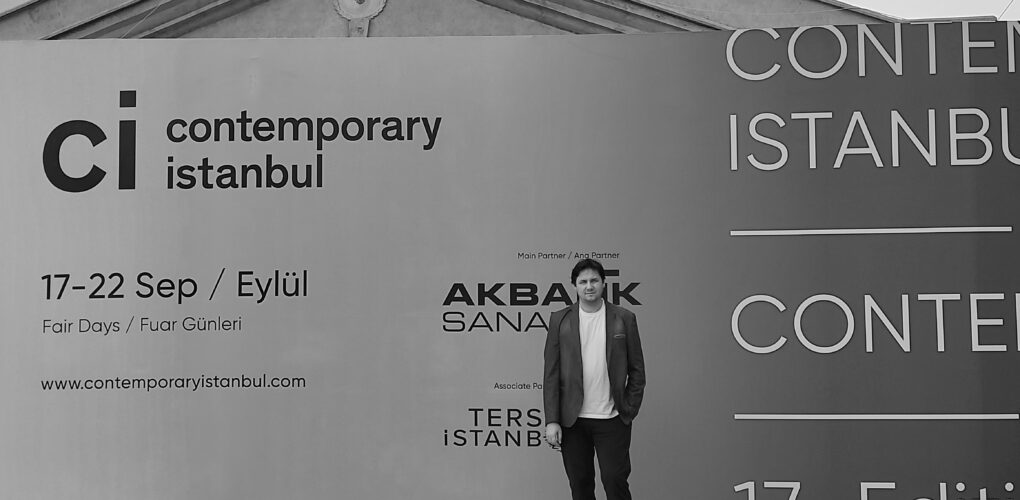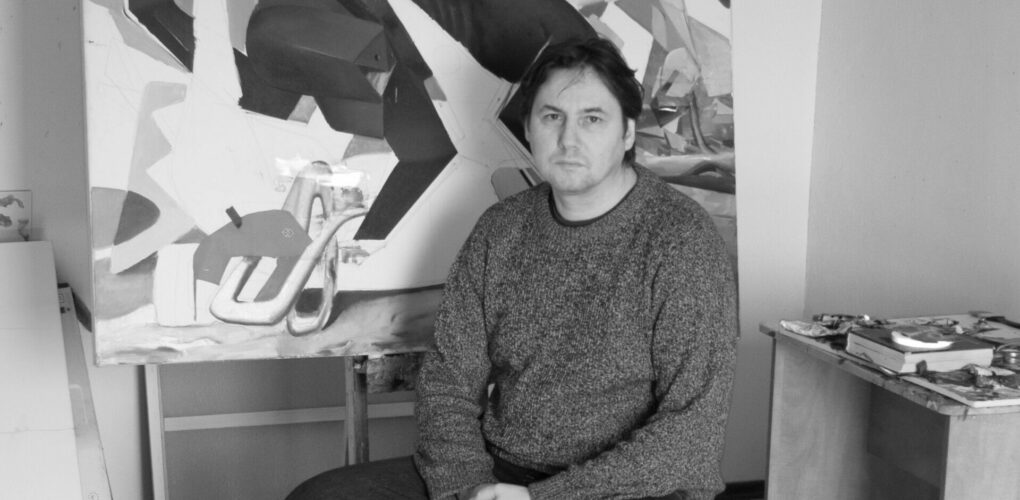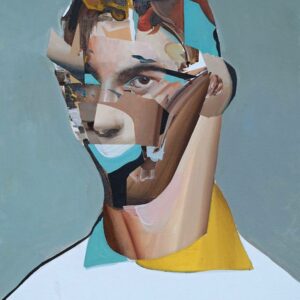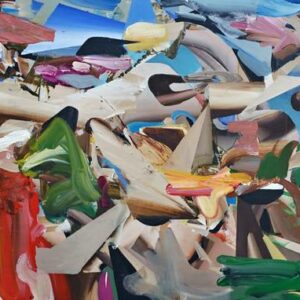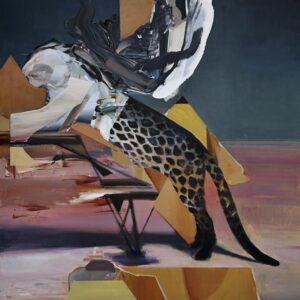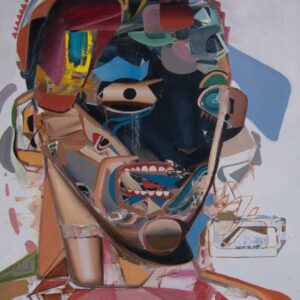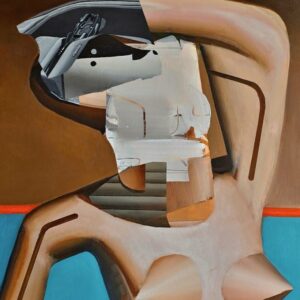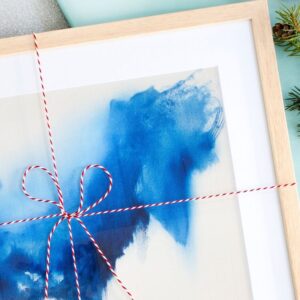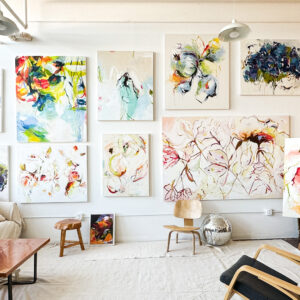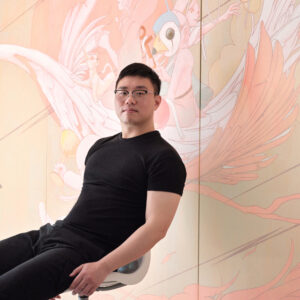One to Watch
 Daniel Maczynski’s Unreal World
Daniel Maczynski’s Unreal World
Polish painter Daniel Maczynski utilizes geometric shapes and abstraction in his dynamic surrealist paintings. Unconcerned with the real, Daniel focuses on creating vividly imagined worlds. He received his degree in Studio Art with a focus on drawing from the Academy Jan Dlugosz Czestochowa Art Institute and has taken part in many solo and group exhibitions. Keep reading to see what drives Daniel’s eccentric style.
Tell us about who you are and what you do. What’s your background?
My name is Daniel Maczynski, I live in a small town in the center of Poland, surrounded by dense forests and rich nature. I have been painting for over 20 years. I started painting seriously right after graduating from art studies, and I still do to this day. Initially, the subject of my work was landscape, then other topics began to appear.
What does your work aim to say? What are the major themes you pursue in your work? Can you share an example of a work that demonstrates this?
As I mentioned earlier, my adventure with painting began with classic landscapes. I think it is a good and demanding topic for training in painting techniques. However, I lacked narrative in landscape, so I started experimenting with surrealism and abstraction, and at some point, also with cubism. I am quite a chaotic person, so I sometimes approach different topics in different ways, although the “geometric” manner is always characteristic of my painting. I like strong, geometric shapes.
Can you walk us through your process for creating a work from beginning to end?
I think paintings can be divided into two categories: successful and unsuccessful. You have to feel the line between a work of art and a failed painting. Sometimes, I put aside a failed painting for a long time to come back to it; sometimes, I succeed, and then the most original works come out. I believe that the greatest skill is the ability to use your limitations wisely. That’s why I usually try to paint from my imagination, not to present things as they are––because that’s boring––but as I think they are.
Who are your biggest influences, and why?
The greatest influence on my way of perceiving the world was a very old, richly illustrated encyclopedia with lots of strange pictures and drawings. As a child, I couldn’t read yet, and I didn’t understand what I was looking at, it was like it was from another world. That’s when I became interested in “weird” paintings and how I perceived art at the time.
How does your work comment on current social and political issues?
I try to avoid political or social topics in my paintings because they depend on various factors and trends. They are only echoes of events that are happening somewhere, and as I mentioned, I am not interested in the real world.
How do you hope viewers respond to your works? What do you want them to feel?
All it takes is for viewers to remember them.
What are some of your favorite experiences as an artist?
The best experience for me as a painter is every completed painting I don’t want to throw away. I am very demanding of myself, and a painting I am satisfied with is considered a success.
What was the best advice given to you as an artist?
The best advice I received from another painter was to ask when the landscape would detach from the easel and shatter with a bang.
